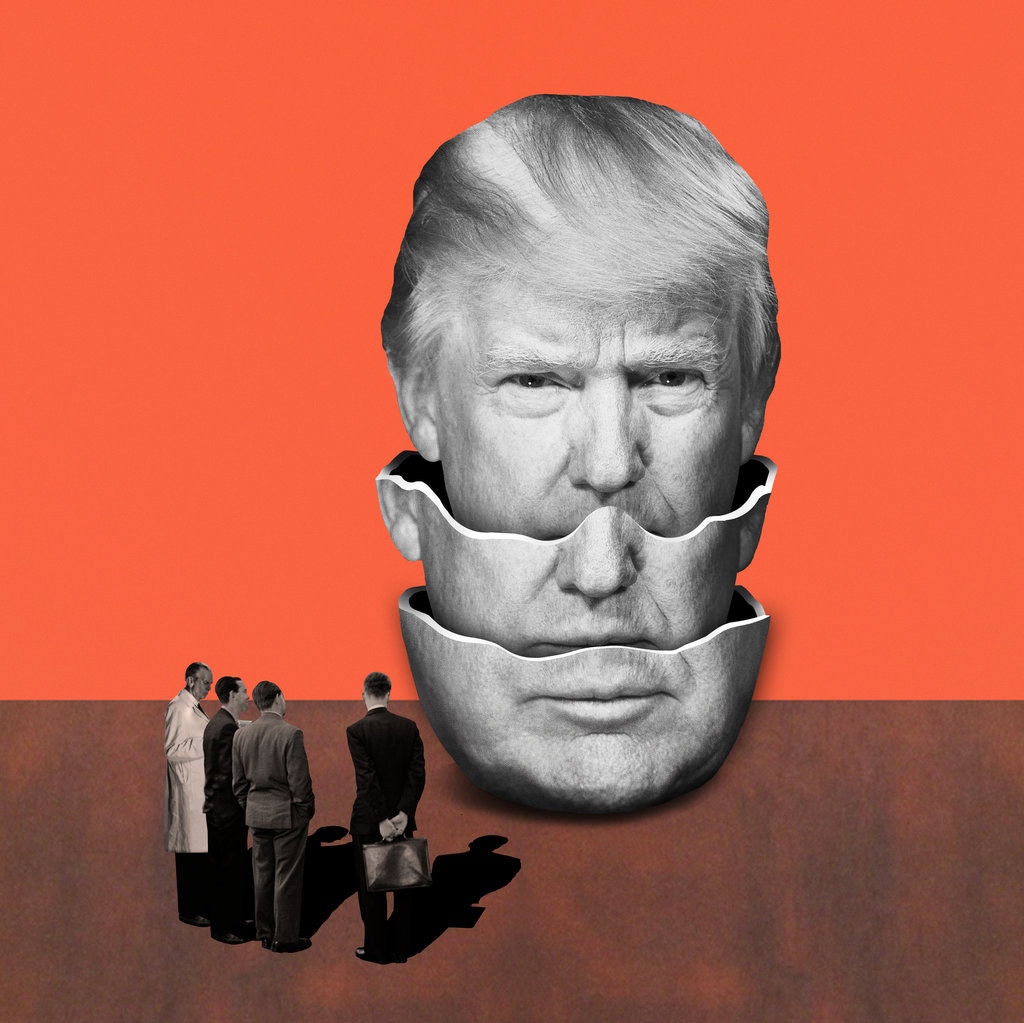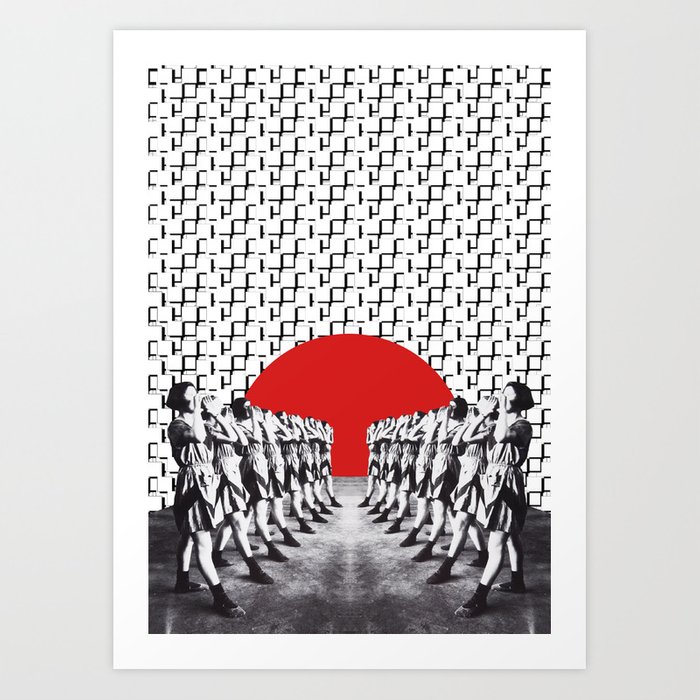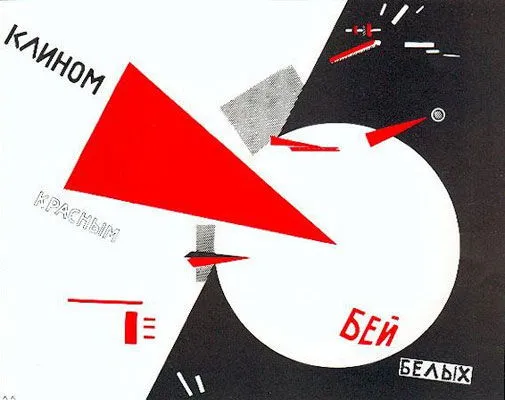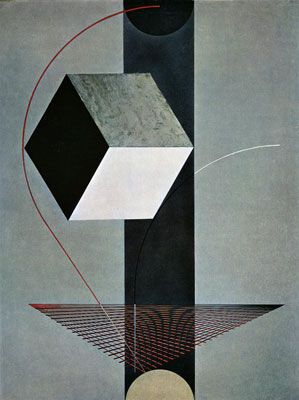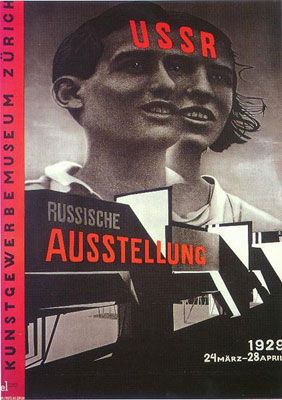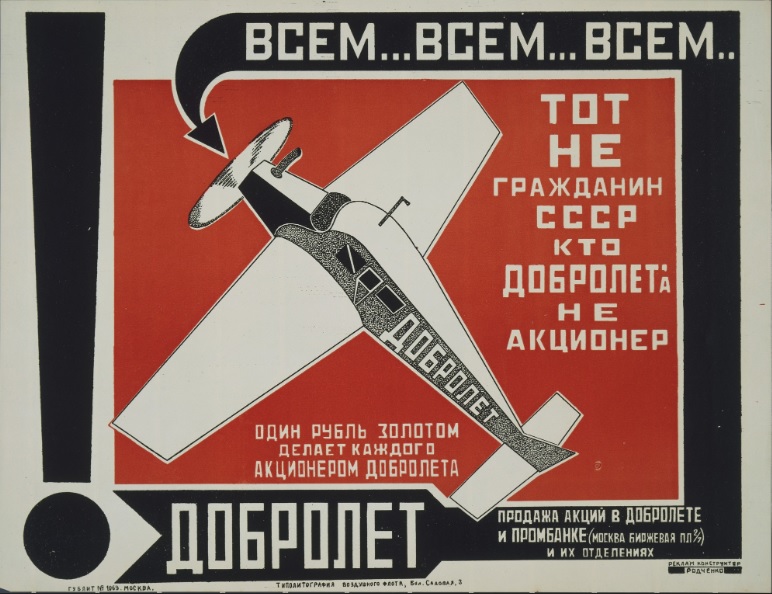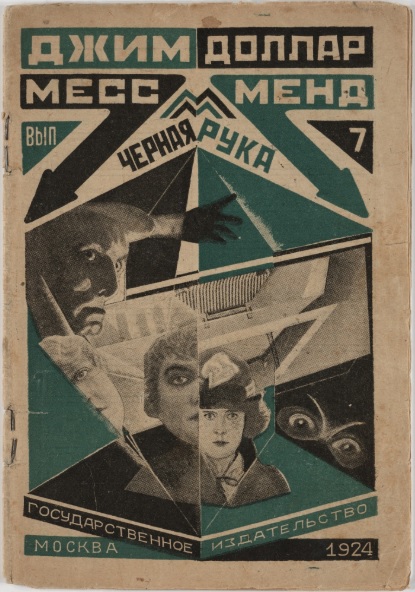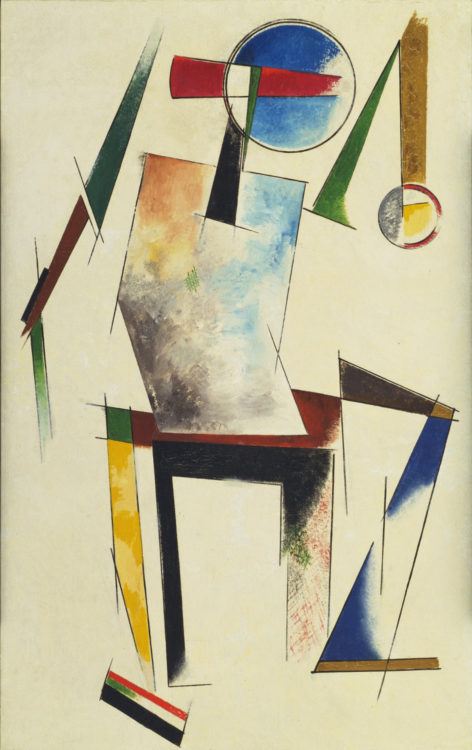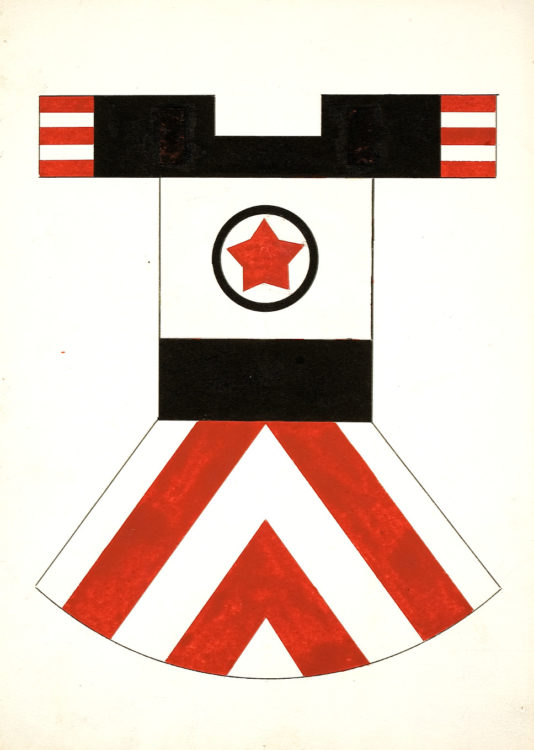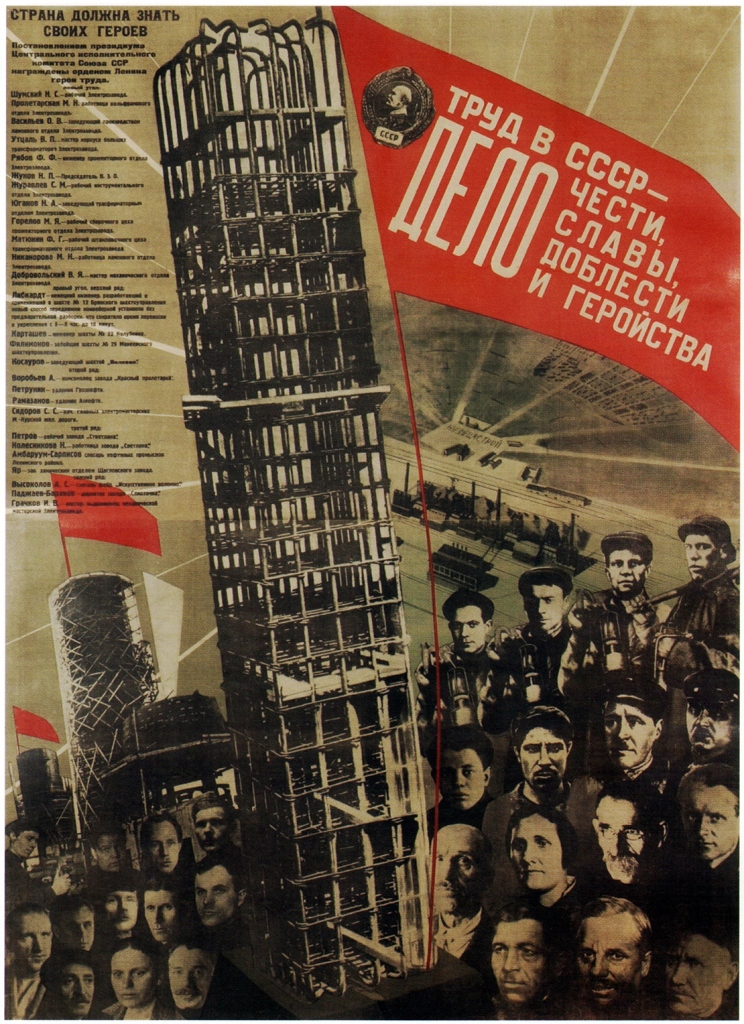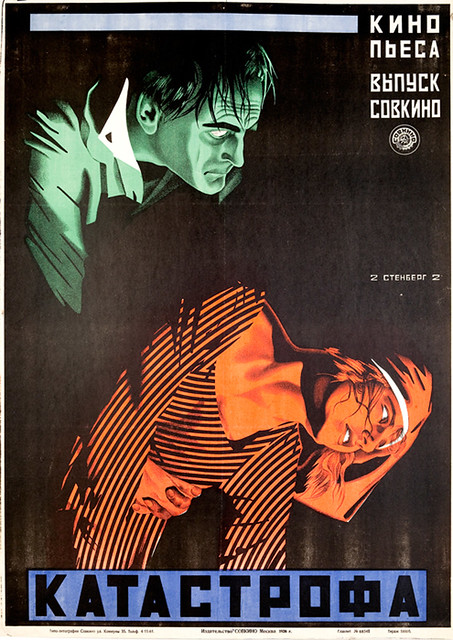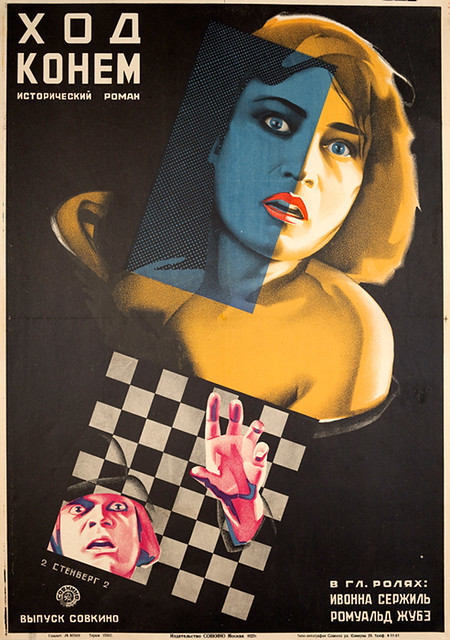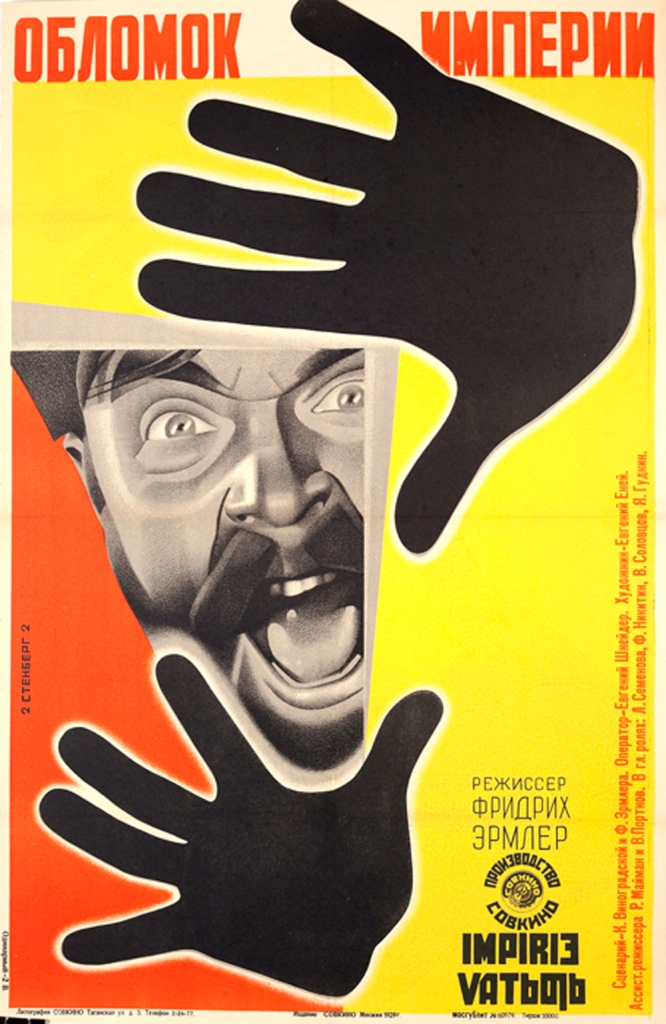Right after war, there was a strong, overwhelming creative boom in 1950 coming from the youth culture. Mass production was everywhere and it was the right time for pop culture to make its way into art.
The start became with Beat movement in 1950 then followed by the Hippie culture in 1960 along with Punk and New Wave in 1970 and 1980. Later was followed by Grunge and Hip Hop in 1990.
“This youth led culture impacted significantly on graphic design and helped spawn a new generation of progressive fresh design styles to capture the zeitgeist of day.”
(I. Gorman 2019, moodle)
Pop art was characterised by consumerism and had a strong reaction against the norms of society. Its purpose was to reflect everyday life and common objects. The movement was criticised because it was art for the masses inspired by the ideas of fame and mass production.
The movement was defined by the following characteristics:
- bright colours;
- recognisable images;
- humour;
- innovative techniques like lithography or printing from a metal plate or stone;
- the use of different types of media.
“Pop art is: Popular (designed for a mass audience), Transient (short-term solution), Expendable (easily forgotten), Low cost, Mass produced, Young (aimed at youth), Witty, Sexy, Gimmicky, Glamorous, Big business.”
Hamilton describing the movement’s characteristics.
(n.d.)

Key Figures
Peter Blake is an important figure in Pop Art movement known for his album covers which are colourful, bold and optimistic using ground-breaking methods like screen printing. He blended the new popular culture and pop music scene in London with art references from the past which helped creating a form of urban realism. He broke down barriers between traditional art and new field of Pop.
“You simply can’t make art without having that history of art behind you and I think if you asked any artist they would always say they had learned from previous art. Perhaps I show that more than most in that I often appropriate art and quote from it.”
(Blake, n.d.)

Figure 2 
Figure 3
Richard Hamilton was a British painter and a collage artist. He was the one to introduce the idea of the artists as an active consumer and contributor to mass culture. Before him there was the approach that art should be separated from commerce. For him, the movement was a way of life. He succeeded in filling the gap between high art and consumer culture by immersing in movies, television, magazines and music. He paved the way for other artists like Andy Warhol, Studio 54 and the Velvet Underground.

Figure 4 
Figure 5
Andy Warhol was an American painter, filmmaker and print maker. His ambition was to bring popular styles to exclusive salons of high art. His drawings were comic, decorative and their tone was opposed to the cold mood of his Pop art. During 1960 he started to make paintings of famous American products as well as paintings with celebrities.

Figure 6 
Figure 7

Figure 8 
Figure 9
Roy Lichtenstein was an American Pop artist. His work included variety of style and displayed knowledge of modernist painting. He developed his pop style in 1961. He selected comic strips as a topic which was influenced by popular advertising and comic book style.

Figure 10 
Figure 11
PSYCHEDELIC DESIGN (1960-1970)
The social climate for this movement was about being free of the constraints of 1950 period. The hippie movement developed a new organic style that was traced back to the Art Nouveau period. The style’s approach was in opposition to Swiss Style which was seen rigid favouring the style.
The elements that define the style are the following:
- Hallucinations, distortion of perception and awarness;
- Abstract swirls, intense colours, curvilinear calligraphy;
- the use of colours of the opposite end of colour wheel to create a trippy effect.

Punk and New Wave (1970-1980)
Wolfgang Weingart was the one to introduce the New Wave movement which went further through his studies. He felt the need of change focusing on the way typography looked, approaching the chaotic collage inspired by Dada. He was breaking the rules with the strict grid using a more intuitive approach regarding of the placement.

Key Figures
- Peter Saville
- Jamie Reid
- Paula Scher
Punk movement was a reaction to the rules of Modernism and came from a society that decided that there was a change needed. This changed was articulated by album covers like Sex’s Pistols which was designed by Jamie Reid who was influenced by Dada movement where type was treated like a photograph. He used strong colours and cut-up aesthetics to underline the feelings of rebellion. Paula Scher uses as well strong colours and she is influenced by Bauhaus and Swiss style to design a dynamic poster which catches your eyes immediately.

Figure 14 
Figure 15
Digital Design
The changes of graphic design shifting towards computer generated design would not have been possible without the development of 1980 and 1990. Among the designers who embraced the style and left a legacy behind are:
- Susan Kare;
- April Greiman;
- Neville Brody.

Figure 16. April Greiman 
Figure 17 Neville Brody
The early innovators paved the way for what we know today as contemporary design which led to another shifting into the visual communication of today. The artists that followed this path are:
- Louise Fili
- Michael Beirut
- Stefan Sagmeister
- Jonathan Barnbrook
Contemporary Comparison
There is no doubt that the youth creators of psychedelic graphics transformed the visual communication in 1960. I believe that the legacy that was left behind was to approach art on experiential, intuitive level. They focused on creating a relationship between the graphic image and the experience of the viewer perceiving it. The influence is still present today both in art and music for artists who want to achieve a deeper connection and explore their imagination further.
Mario Martinez’s paintings are known for their colourful geometric shapes, shaped patterns and unique textures. All together brings quasi-extraterrestrial landscapes alive challenging you to see a perspective that you never thought about before.

Figure 18 
Figure 19
Sources:
Blake, P., n.d. Peter Blake Paintings, Bio, Ideas. [online] The Art Story. <https://www.theartstory.org/artist/blake-peter/#nav>;
Danielgalea93.blogspot.com. 2015. New Wave Design. <http://danielgalea93.blogspot.com/2015/01/new-wave-design.html>;
Hamilton, R., n.d. Richard Hamilton Paintings, Bio, Ideas. The Art Story. <https://www.theartstory.org/artist/hamilton-richard/>;
Isobel Gorman, 2019, Design History: Pop Art, Psychedilia and Digital Design, Dublin: Dublin Institute of Design;
Lichtenstein, R., n.d. Roy Lichtenstein Paintings, Bio, Ideas. The Art Story. Available at: <https://www.theartstory.org/artist/lichtenstein-roy/>;
Medium. n.d. How Punk Changed Graphic Design And Is History Repeating Itself?.<https://medium.com/@SHyndman/how-punk-changed-graphic-design-ad40cb685180>;
n.d. [online] Available at: <https://www.invaluable.com/blog/what-is-pop-art/>;
Sarajacobsendesign.no. n.d. Design History. [online] Available at: <http://sarajacobsendesign.no/New_wave.html>;
The Art Story. n.d. Andy Warhol Paintings, Prints+, Bio, Ideas. <https://www.theartstory.org/artist/warhol-andy/#nav>;
Widewalls. n.d. Mario Martinez – Quasi-Extraterrestrial Landscapes. [online] Available at: <https://www.widewalls.ch/psychedelic-artists-top-list/mario-martinez/>;
Widewalls. 2016. A Short Guide Through The History Of Pop Art And Design. <https://www.widewalls.ch/pop-art-design/>.
Images:
Figure 1. Widewalls. 2016. A Short Guide Through The History Of Pop Art And Design. <https://www.widewalls.ch/pop-art-design/>;
Figure 2. https://ro.pinterest.com/pin/607634174700580125/;
Figure 3. https://ro.pinterest.com/pin/607634174700580149/;
Figure 4. http://www.artnet.com/artists/richard-hamilton/fashion-plate-a-qZxyMrZ4IbdVklIhV6cjGQ2;
Figure 5. http://www.artnet.com/artists/richard-hamilton/flower-pieceaaa-TcsgkVirneeuHC99PvFMBA2;
Figure 6. https://www.wikiart.org/en/andy-warhol/campbell-s-soup-can-onion;
Figure 7. https://www.wikiart.org/en/andy-warhol/coca-cola;
Figure 8. https://www.wikiart.org/en/andy-warhol/liz-taylor-1;
Figure 9. https://www.wikiart.org/en/andy-warhol/marilyn-1;
Figure 10. https://www.wikiart.org/en/roy-lichtenstein/drowning-girl-1963;
Figure 11. https://www.wikiart.org/en/roy-lichtenstein/in-the-car-1963;
Figure 12: Widewalls. n.d. Do You Know What Psychedelic Art Is?. <https://www.widewalls.ch/psychedelic-art/> ;
Figure 14. http://www.artnet.com/artists/jamie-reid/never-mind-shengshouにしやがれ-r5M53rf5PgUo8WjIn9rpaw2;
Figure 15. https://ro.pinterest.com/pin/358176976594535788/;
Figure 16. https://www.pinterest.co.uk/pin/57280226486071868/;
Figure 17. https://ro.pinterest.com/pin/105130972530084895/;
Figure 18. Widewalls. n.d. Mario Martinez – Quasi-Extraterrestrial Landscapes. <https://www.widewalls.ch/psychedelic-artists-top-list/mario-martinez/>;
Figure 19. Widewalls. n.d. Mario Martinez – Quasi-Extraterrestrial Landscapes. Available at: <https://www.widewalls.ch/psychedelic-artists-top-list/mario-martinez/>.











































































































































